Indian Auto Component Industry To Grow By Upto 10% In FY2026 Says ICRA
- By MT Bureau
- February 20, 2025
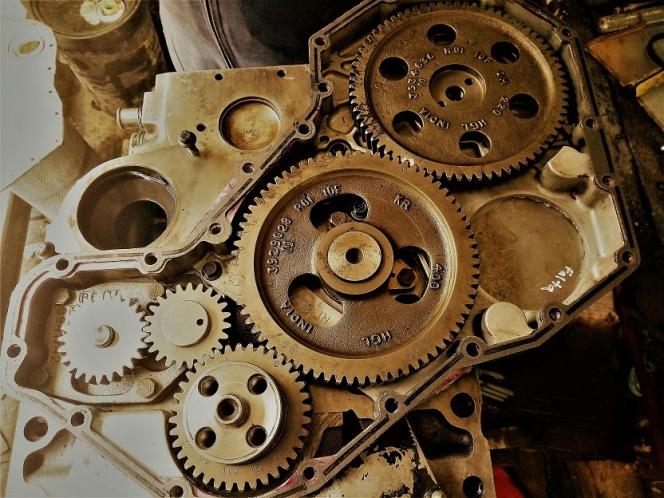
The Indian automotive components industry, which is a critical partner for the domestic as well as the global automotive industry is expected to grow by 8-10 percent in FY2026 according to ICRA.
The estimates are based on the company’s assessment of about 46 auto ancillaries with aggregate annual revenue of over INR 3,000 billion in FY2024, which accounted for about 50 percent of the industry.
For FY2025, the industry is expected to report 7-9 percent growth, with operating margines to be around 11-12 percent for FY2025 and FY2026. The confidence comes on the back of the industry benefitting from operating leverage, higher content per vehicle and value addition while remaining vulnerable to any significant unfavourable movements in commodity prices and foreign exchange rates.
The study stated that the ‘disruption along the Red Sea route has resulted in a surge in ocean freight rates by 2-3 times in CY2024 compared to CY2023. Any further sharp and sustained increase in ocean freight rates could also have a bearing on margins for auto component suppliers having significant exports/imports.’
In FY2026, ICRA estimates that the auto component sector will pump in INR 250-350 billion investment towards enhancing capacity, localisation/capability development and new technologies (including EVs) among others.
The big opportunity in EV segment can be seen on the fact that at present only 30-40 percent of the supply chain in India is localised, which includes traction motors, control units and BMS. On the other hand, EV battery cells that make up for almost 30-40 percent of an EV cost continues to be imported.
Vinutaa S, Vice President and Sector Head – Corporate Ratings, ICRA, said: "The domestic auto component industry is in a transitory phase with the automotive players increasingly focusing on sustainability, innovation and global competitiveness. Demand from domestic original equipment manufacturers (OEMs), which constitutes over half of the industry revenues, is estimated to grow by 7-9 percent in FY2025 and 8-10 percent in FY2026. Part of the growth would stem from premiumisation of components and higher value addition. Growth in replacement demand is pegged at 5-7 percent in FY2025 and 7-9 percent in FY2026, driven by increase in vehicle parc, higher average age of vehicles/used car purchases, preventive maintenance and growth in organised spare parts, among other reasons.”
“Exports, which account for close to 30 percent of the industry’s revenues, are likely to be impacted by subdued vehicle registration growth in the target markets. However, factors like rising supplies to new platforms because of vendor diversification initiatives by global OEMs/Tier-Is and higher value addition, partly stemming from increase in outsourcing, augur well for Indian auto component suppliers.”
Metal Castings & Forgings
ICRA finds that Indian component suppliers in the metal castings and forgings also have a bigger opportunity on the back of plants closure in European Union on the back of viability issues.
The report stated that ‘ageing of vehicles and sale of more used vehicles in global markets would aid in exports for the replacement segment. The impact of any import tariffs on Indian auto component exports remains monitorable.’
In the medium-to-long term, premiumisation, localisation, EVs and stringent regulatory norms continue to offer tailwind for the Indian automotive industry.
“ICRA’s interaction with large auto component suppliers indicates that the industry is estimated to spend INR 150-200 billion in FY2025 and another INR 250-300 billion in FY2026. The incremental investments would be made towards new products, product development for committed platforms and development of advanced technology and EV components, apart from capex for capacity enhancements and upcoming regulatory changes. R&D, though, is still at an average of 1-3 percent of operating income, significantly lower than the global counterparts. ICRA expects auto ancillaries’ capex to hover around 7-8 percent of operating income over the medium term, with the PLI scheme also contributing to incremental capex towards advanced technology and EV components,” he concluded.
Representational Image courtesy: Ronaldo Galeano/Pexels
Valeo Targets Tripling Sales In India To EUR 700 Million By 2028 Under Elevate 2028 Plan
- By MT Bureau
- November 20, 2025
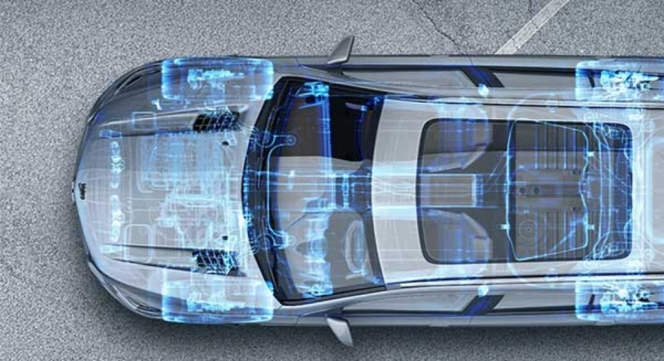
French tier 1 supplier Valeo has outlined its new financial trajectory, ‘Elevate 2028,’ focusing on financial strength and growth, with a specific emphasis on expanding market share in key geographies, including India.
The company sees India as a market undergoing a deep transformation, perfectly positioning Valeo to benefit from increasing demand for advanced features and the electrification of vehicles.
Valeo expects significant growth in its Indian market operations over the plan's duration. The company forecasts its sales in India will nearly triple from EUR 220 million in 2024 to approximately EUR 700 million in 2028.
Globally, the Elevate 2028 plan aims to steadily improve profit, generate higher cash, and return to sales growth. The plan is powered by three ‘engines’: steadily increasing profit from 2022, generating higher cash from 2025 and returning to sales growth from 2027.
Christophe Perillat, CEO, Valeo, said, “Since 2022, our Move Up plan has ensured that we are well positioned in terms of technology to succeed in the market and has laid the foundations for significant financial improvements, resulting in a steady improvement in Group profit and cash. As we embark on the next stage with our Elevate 2028 plan, we intend to capitalise on these achievements and to further improve our financial fundamentals. To do this, our plan will be powered by three engines. The first engine is a steady increase in profit. It started in 2022 and will carry on delivering. The second engine, generating higher levels of cash, has just been fired. 2025 represents a turning point in the evolution of our business model and confirms our ability to generate more cash. The third engine will be the return to growth. It will kick in in 2027, as our strong order book translates into sales."
Tsuyo Manufacturing To Build EV Powertrain Plant And Testing Track In Karnataka
- By MT Bureau
- November 20, 2025

New Delhi-based EV powertrain startup Tsuyo Manufacturing has signed a Letter of Intent (LoI) with the Government of Karnataka to establish a new manufacturing plant and a large testing track for commercial vehicles in the state. The LoI was formalised at the Bengaluru Tech Summit 2025.
The new facility will focus on the design and production of heavy-duty EV powertrain systems for commercial and industrial applications. Key components to be developed and manufactured include: Electric Motors (across various topologies including IPMSM, ACIM, SRM, SynRM, and Axial Flux). E-Drives, E-Axles and Automatic Transmissions (AT), Integrated 2-in-1 and 3-in-1 Powertrain Solutions and Complete Powertrain Assemblies for heavy commercial EVs.
The facility will also include a dedicated Testing Track for the field testing and validation of buses, trucks, mining vehicles, and other heavy-duty EVs.
The plant's manufacturing capacity will range from 0.5 kW to 250 kW, with extended capability up to 600 kW through partnerships with CETL and LvKON.
The initiative is intended to strengthen India’s domestic manufacturing capabilities for high-performance EV powertrain systems, reducing reliance on imports. By producing motors, e-axles and integrated solutions, the facility will support the growth of India's commercial EV markets, including bus, truck and mining vehicles. The project is expected to create direct and indirect employment and boost industrial development in the state.
Vijay Kumar, Founder and CEO, Tsuyo Manufacturing, said, “This LoI marks a pivotal moment for Tsuyo and for the future of India’s EV ecosystem. Karnataka has always been at the forefront of innovation and advanced manufacturing, and we are proud to partner with the state to establish a facility that will redefine powertrain excellence for heavy commercial electric vehicles. With this investment, we aim to deliver world-class, reliable, and locally manufactured powertrain solutions that will power India’s transition to sustainable mobility.”
Priyank Kharge, Minister for Rural Development & Panchayat Raj, IT & Biotechnology, Government of Karnataka, said, “We are delighted that Tsuyo Manufacturing has decided to expand its Operations in Dharwad, Karnataka. Their decision reinforces our commitment to building a strong, local economy through LEAP (Local Economy Accelerator Program). This project will help building a sustainable ecosystem in the state and will attract more EV companies to come to our state - which is known for its Industry friendly policies and a dynamic EV ecosystem. This investment will not only create high-quality jobs in North Karnataka but also accelerate innovation and green mobility solutions for Karnataka and beyond.”
GST 2.0 And Trade Agreements Set To Reshape India's Auto Component Ecosystem Says Report
- By MT Bureau
- November 19, 2025
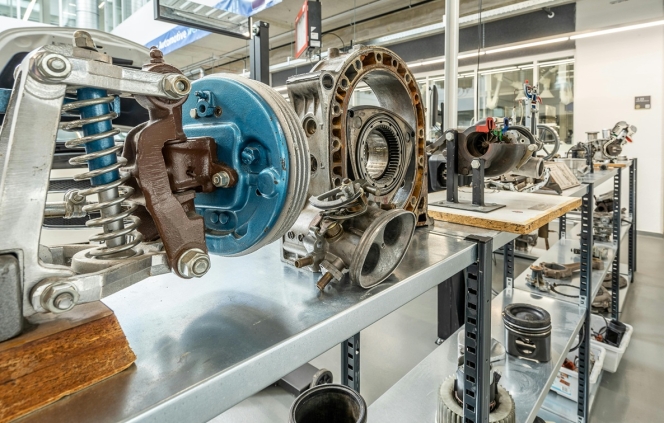
India’s automotive industry, which contributes 7.1 percent to the country’s GDP, is set for a transformation driven by regulatory changes, including GST 2.0 reforms, customs duty adjustments and the Indo–Japan Free Trade Agreement (CEPA) said a whitepaper by Grant Thornton Bharat and the Indo–Japan Chamber of Commerce and Industry (IJCCI). It highlights how these factors are reshaping the competitiveness of the USD 74 billion auto component sector.
The rollout of GST 2.0 in September 2025 has streamlined tax structures, boosting consumer demand across vehicle segments.
- Tax Rate Changes: Small cars and motorcycles under 350cc now face an 18 percent GST (down from 28 percent plus cess), leading to price reductions. Premium vehicles, including SUVs and high-end motorcycles, now have a flat 40 percent GST.
- EV Support: Electric vehicles (EVs) continue to benefit from a 5 percent GST rate.
- Consumer Response: Following the rate adjustments, the small car segment recorded a surge in vehicle deliveries, with booking volumes rising by nearly 50 percent.
- Supply Chain Incentives: Union Budget 2025 announced customs duty exemptions on lithium-ion battery scrap and critical minerals like lead and copper to secure raw materials and support the EV sector.
Sohrab Bararia, Partner, India Investment Advisory, Grant Thornton Bharat, said, “The convergence of GST 2.0 and targeted customs incentives marks a defining moment for India’s automotive sector. Reduced tax rates, simplified compliance, and supply-chain-focused exemptions will not only elevate India’s cost competitiveness but also strengthen its positioning as a manufacturing and export hub for Japanese automakers.”
The partnership between India and Japan, supported by USD 43.3 billion in Japanese investments, is deepening through trade agreements and skill development initiatives.
- Trade Agreements: The India–Japan CEPA and the India–Japan Digital Partnership (IJDP) are fostering innovation in EVs, connected vehicles and AI-led manufacturing.
- Skill Development: Initiatives like the Japan-India Institute for Manufacturing (JIM) are training over 30,000 Indian engineers to Japanese manufacturing standards.
- Exports: Car exports from India to Japan reached USD 616.45 million in the first nine months of FY2025.
Suguna Ramamoorthy, Secretary General Indo-Japan Chamber of Commerce and Industry, said, “There is significant partnership between India and Japan in the automotive sector, particularly in the realms of hybrid and electric vehicles, and high-precision components. The Free Trade Agreement (FTA) serves as a crucial catalyst for collaboration, joint research and development, and knowledge transfer, further supported by the India-Japan Industrial Competitiveness Partnership (IJICP). Recent initiatives have greatly advanced our automotive collaboration, especially in clean mobility and advanced manufacturing. The implementation of the GST 2.0 reform stands as a boon to Prime Minister Narendra Modi’s Atmanirbhar Bharat programme, fostering an environment conducive to growth.”
The sustained policy alignment under GST 2.0, customs reforms and deeper utilisation of the Indo–Japan FTA are expected to drive competitiveness and technology transfer, accelerating India’s journey toward an innovation-led automotive future.
Image for representational purpose only: Credit Mike van Schoonderwalt/Pexels
Musashi India Completes Bengaluru Plant Expansion, Annual Output Value To Reach INR 10 Billion
- By MT Bureau
- November 18, 2025
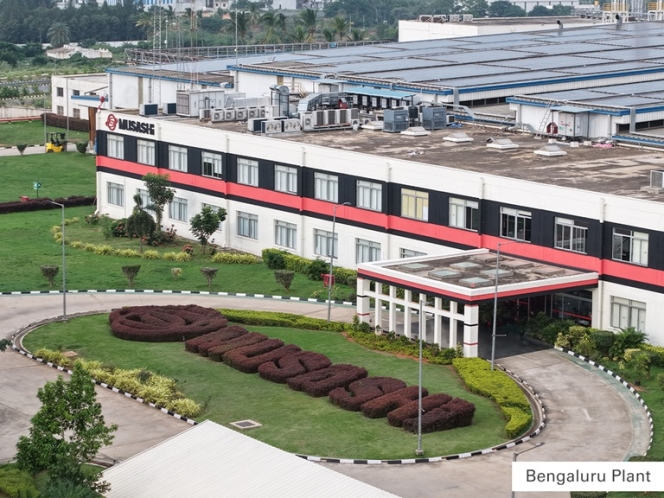
Musashi India, a subsidiary of Japan’s Musashi Seimitsu Industries and a manufacturer of two-wheeler and four-wheeler transmission components, has completed the Phase 2 expansion of its Bengaluru manufacturing facility. The enlarged plant will become fully operational by December 2025.
The strategic upgrade reinforces Musashi’s commitment to India’s automotive and electric mobility sectors. The facility is set to become the Musashi Group's largest integrated manufacturing site under one roof.
The expansion, which adds 11,000 square metres of developed area, boosts the total plant size to 32,000 square metres and introduces new capabilities in forging, machining and heat treatment.
The company has increased production capacity from 4 million to 6.5 million sets of scooter and motorcycle transmissions annually. This move is expected to nearly double output value from INR 5.5 billion to INR 10 billion annually.
The Bengaluru plant will now serve as a hub for both domestic and export markets, catering to multiple categories, including 100–750cc motorcycles, 100–125cc scooters and two-wheeler and three-wheeler e-axles for the internal combustion engine (ICE) and electric vehicle (EV) segments.
The facility incorporates automated technologies such as gear grinding, automated gear checking and camera-based inspection systems, supported by robotic and gantry solutions, ensuring high precision and efficiency. The plant will also function as a prototype and testing hub for ICE transmissions and e-axles.
In line with global environmental, social, and governance (ESG) commitments, the facility features:
- Rooftop Solar: A 2.16 million kWh installation.
- Green Energy: The plant operates with over 96 percent green energy, powered by a mix of hydro, wind, rooftop and captive renewable sources.
These initiatives support Musashi’s global objective of achieving carbon neutrality across its value chain by 2038.
Naoya Nishimura, CEO, Musashi Auto Parts India and Africa Region, said, “The Bengaluru facility expansion marks a significant leap forward in Musashi’s journey of growth and innovation in India. Constructed within just 18 months, it stands as the largest integrated manufacturing facility under one roof within the Musashi Group. This facility embodies our ‘Go Far Beyond’ aim, combining precision engineering, advanced automation and sustainability to create a new benchmark in manufacturing excellence. This development will further strengthen Musashi India’s position as a trusted partner in the global EV supply chain while reinforcing its leadership in next-generation mobility solutions.”


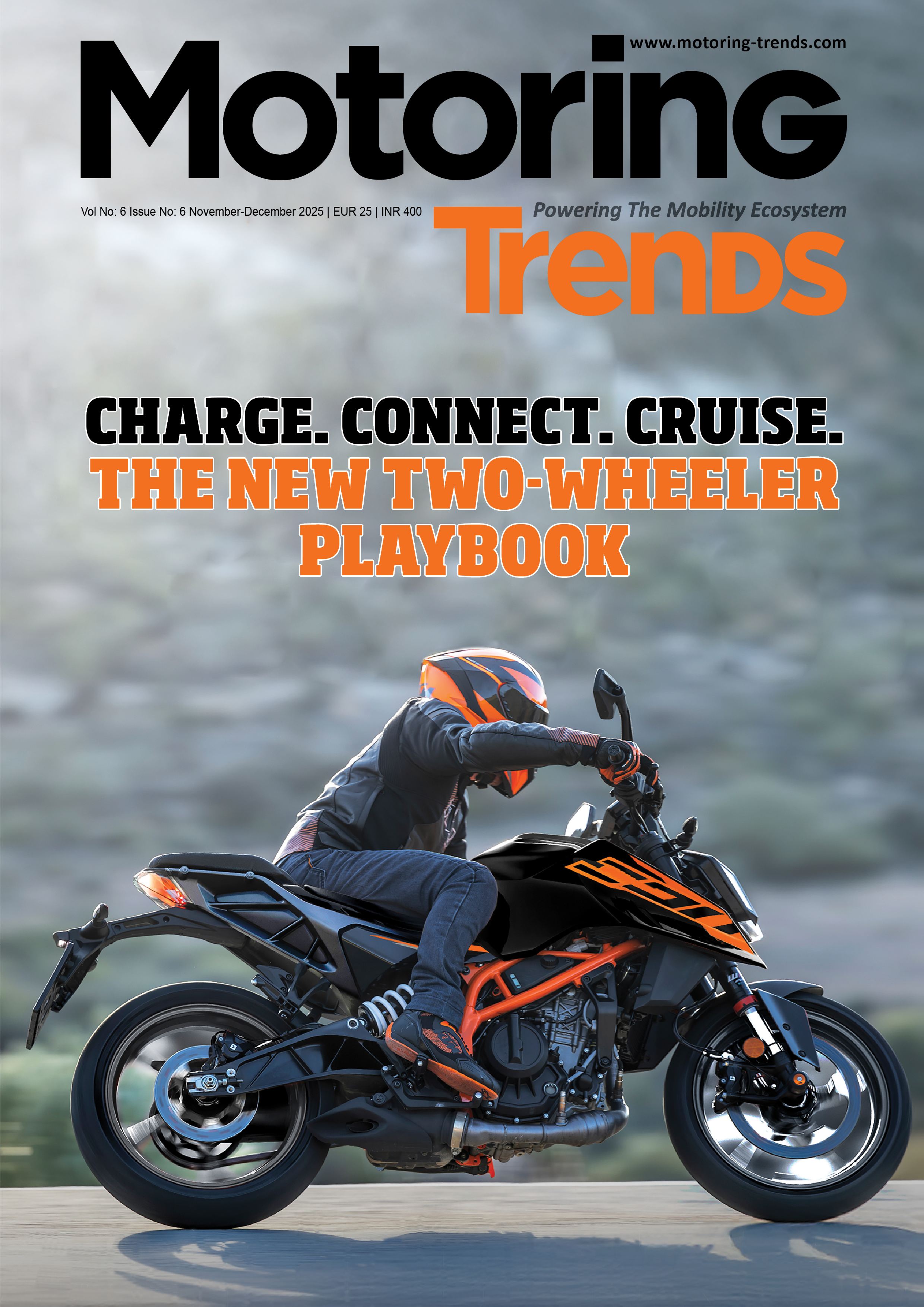
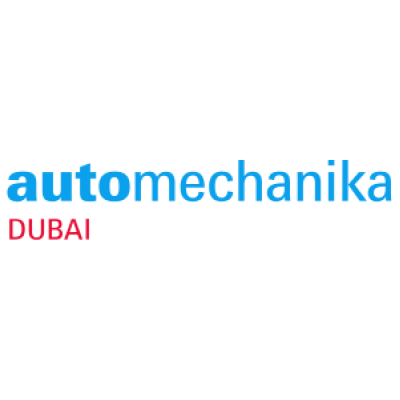
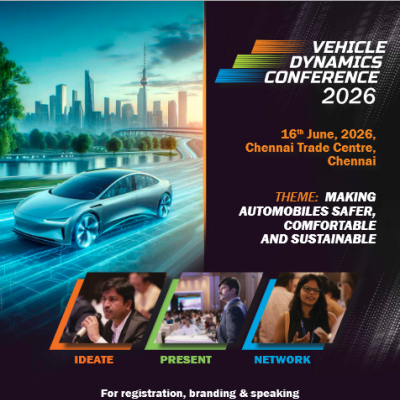

Comments (0)
ADD COMMENT